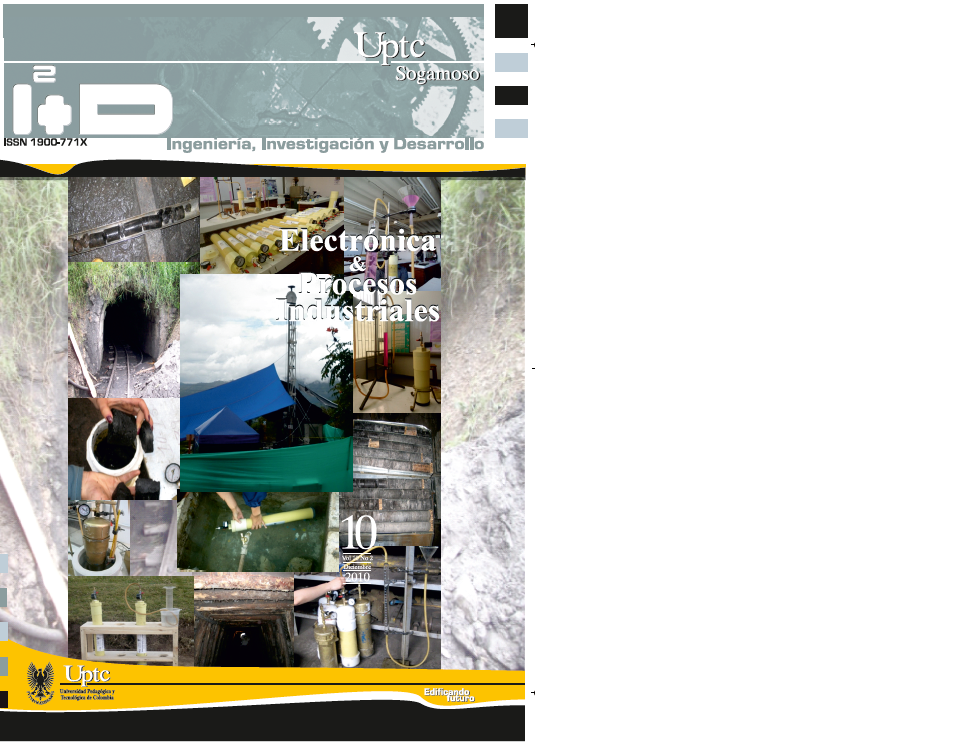Petrographic and diagenetic study of the sequence cenozoic about the fold belt of san jacinto and their application for determining quality of reservoirs

Abstract
A diagenetic and petrographic analysis of 148 thin sections from the Cenozoic units of the Colombian
Caribbean was carried out in order to assess the quality of hydrocarbons reservoirs and their possible tectonic provenance. These samples came from 13 slim holes drilled by the ANH in the Fold Belt of San Jacinto. The lithostratigraphic units from base to top are Arroyo Seco, Toluviejo-Chengue, El Floral, Ciénaga de Oro and Sincelejo Formations. Furthermore, a counting of 400 points by thin section was made to determine the composition of the fragments and the different diagenetic products. For each one of the units a diagenetic paragenesis was determined. The processes were subdividing in accordance with the environment in which they originate and the relative time of apparition. In general, in the marine diagenesis occurred a rapid precipitation of carbonates isolately fibrous isopachous and bladed cements were present. In the early metheoric diagenesis the main events are corrosion of silicates and in the late metheoric stage was the dissolution of methasomatisms. In the burial diagenesis the most important processes were: methasomatism of silicate by carbonates, different types of neomorphism and overgrow, well as structures of pressure-dissolution. From the study is determined that the Toluviejo-Chengue and Ciénaga de Oro Formations have the best properties as hydrocarbons reservoirs. Moreover, the composition of the fragments indicates a tectonic provenance from recycled orogen and interior craton.
Keywords
fold belt San Jacinto, petrographic analysis, analysis of tectonic provenance, diagenetic study, quality of reservoirs
References
- Bermudez, H. (2008): Marco Geológico Proyecto “Slim Holes” en la cuenca Sinú-San con Jacinto Datos Actualizados de Campo (No Publicado).
- Bermudez, H. (2008): Descripción litológica en interpretación facial y ambiental de las secciones estudiadas (Capitulo 1 Estratigrafía)en: cartografía geológica, levantamiento de columnas estratigráficas, toma de muestras y análisis bioestratigráficos. sector de chalán (cuenca Sinú–San Jacinto) (No Publicado).
- Cerón, J. F., Kellog, J., and Ojeda. G. (2007: Basement configuration of the northwestern South America –Caribbean margin from recent geophysical data. C&F – Ciencia, Tecnología y Futuro. 3, pp. 25‐49.
- Boggs, Sam Jr. (1992): Petrology of sedimentary rocks. New York: Macmillan Publishing Company, pp. 409-502.
- Dickinson, W.R. (1985): Interpreting provenance relations from detrital modes of sandstones. En: Zuffa, G.G., (ed.).Provenace of arenites. Dreidel, pp. 333-361.
- Folk, R. (1974): Petrology of Sedimentary Rocks. Austin, Texas, Hemphill. p. 182.
- Selley, RC. (1982): An introduction to Sedimentology. 2nd Edit., Academic Press, London, p. 417.
- Tucker, M. y Wright V., P. (1990): Carbonate sedimentology, Blackwell Scientific Publications, pp. 314-400.